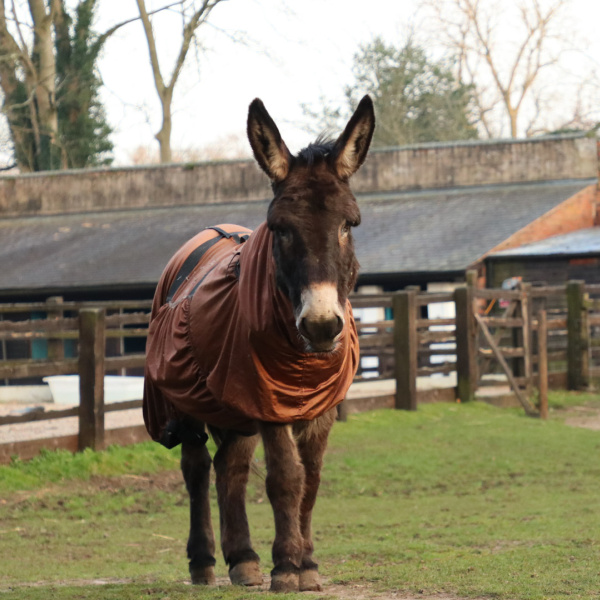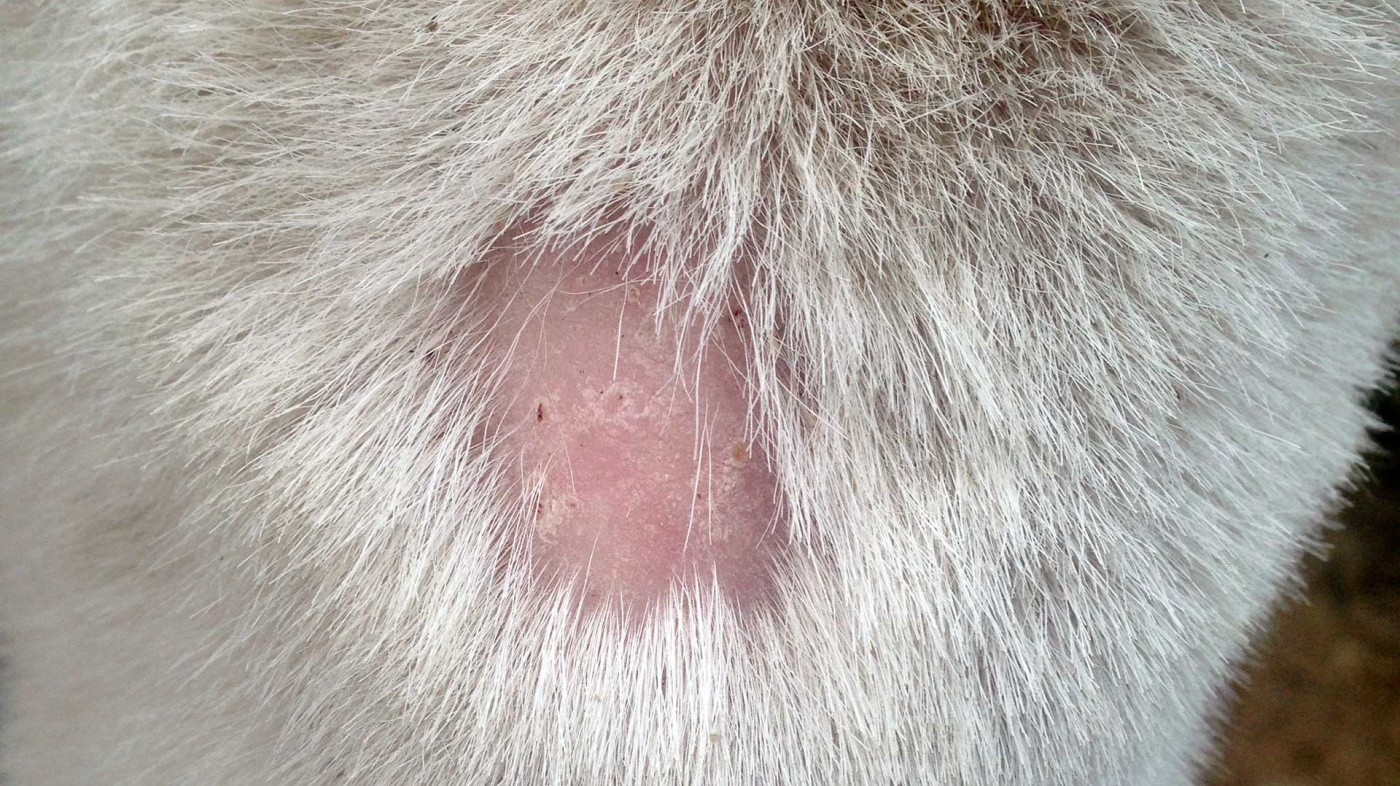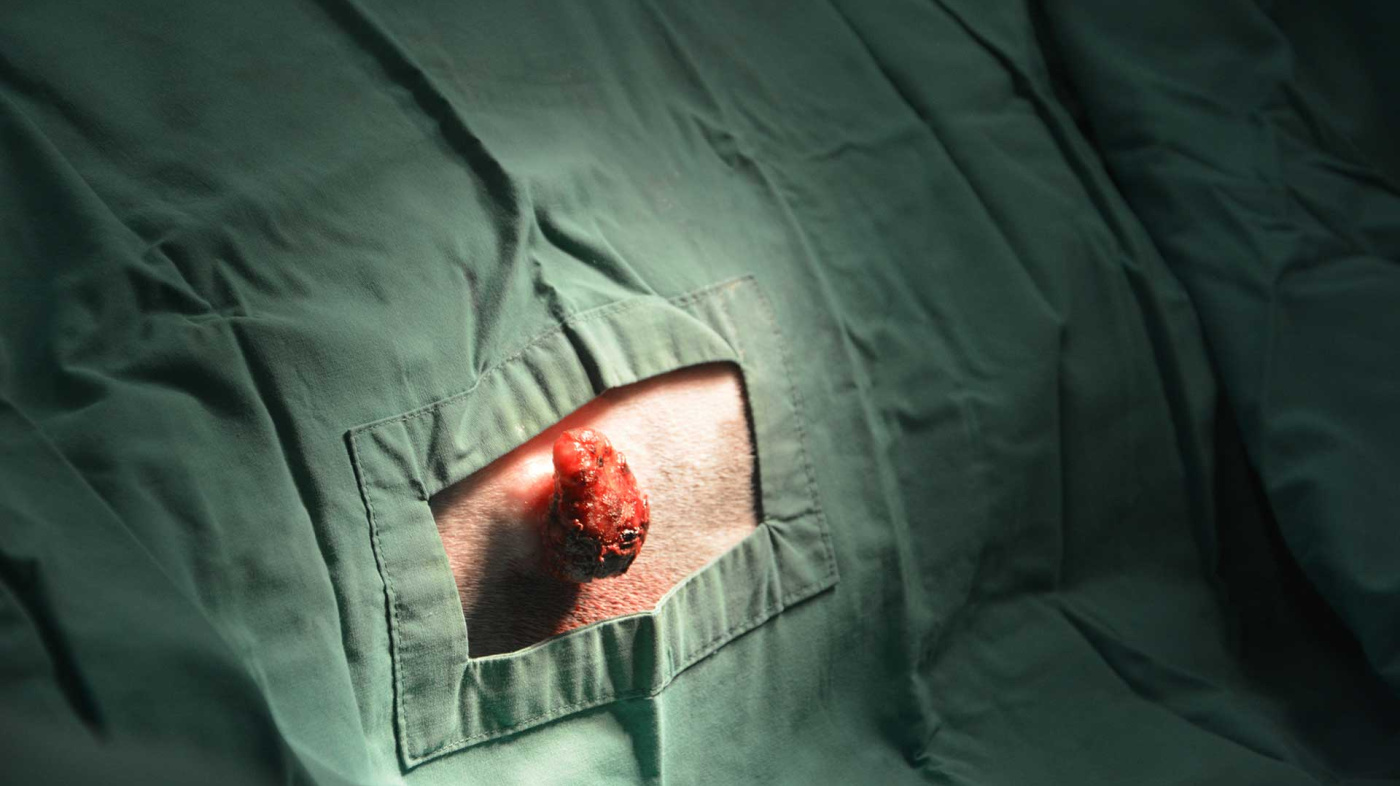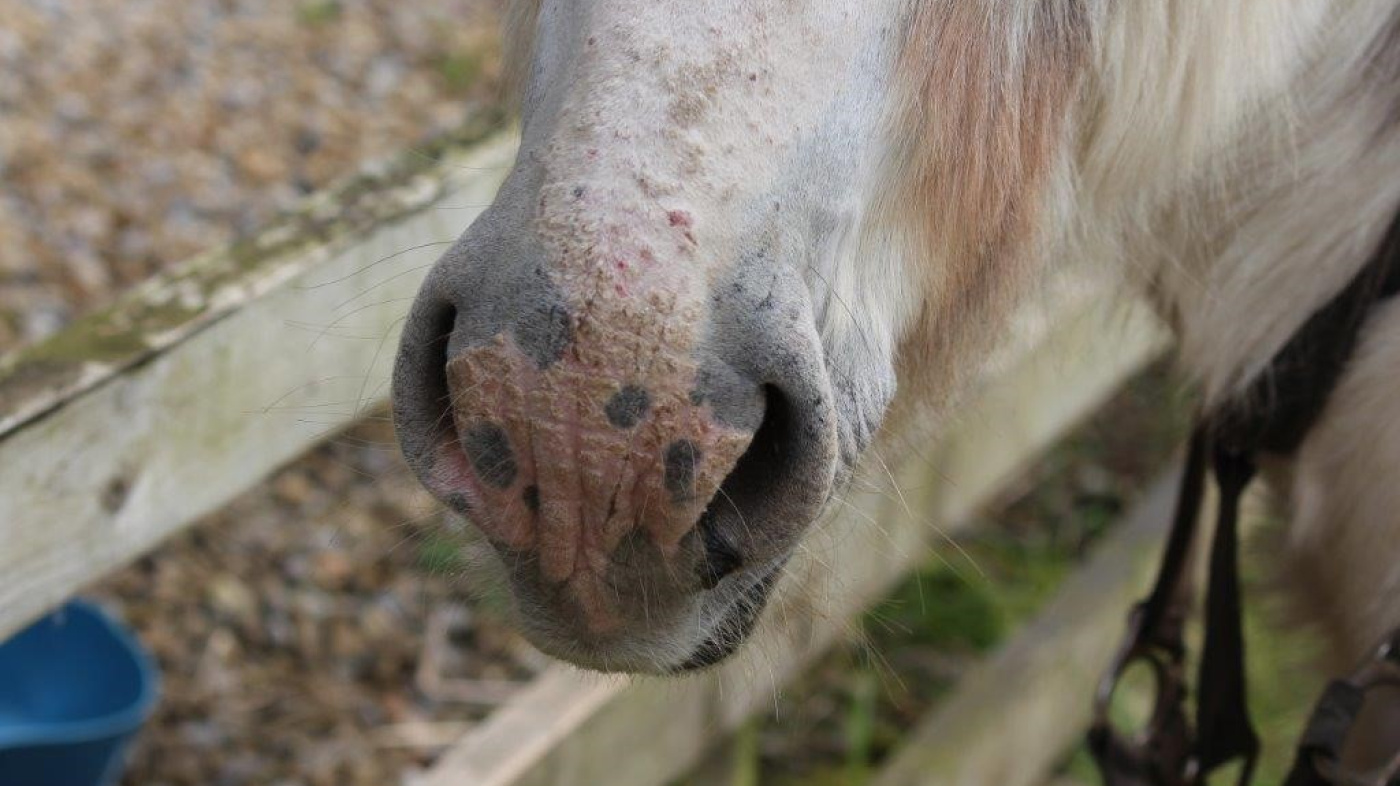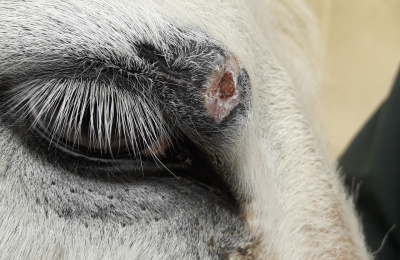Donkeys are affected by a number of common skin conditions. Alice Hodgson, Intern Veterinary Surgeon at The Donkey Sanctuary, explains how to identify them and when to seek veterinary help.
Fly worry
Fly worry can be particularly challenging in some environments and measures such as fly spray, fly rugs, fly fringes and good hygiene are all useful in minimising fly bother. You should seek veterinary advice if the fly bother has caused open wounds or other issues such as conjunctivitis. These types of lesions need to be kept clean, ideally covered and may require further treatment depending on the severity.
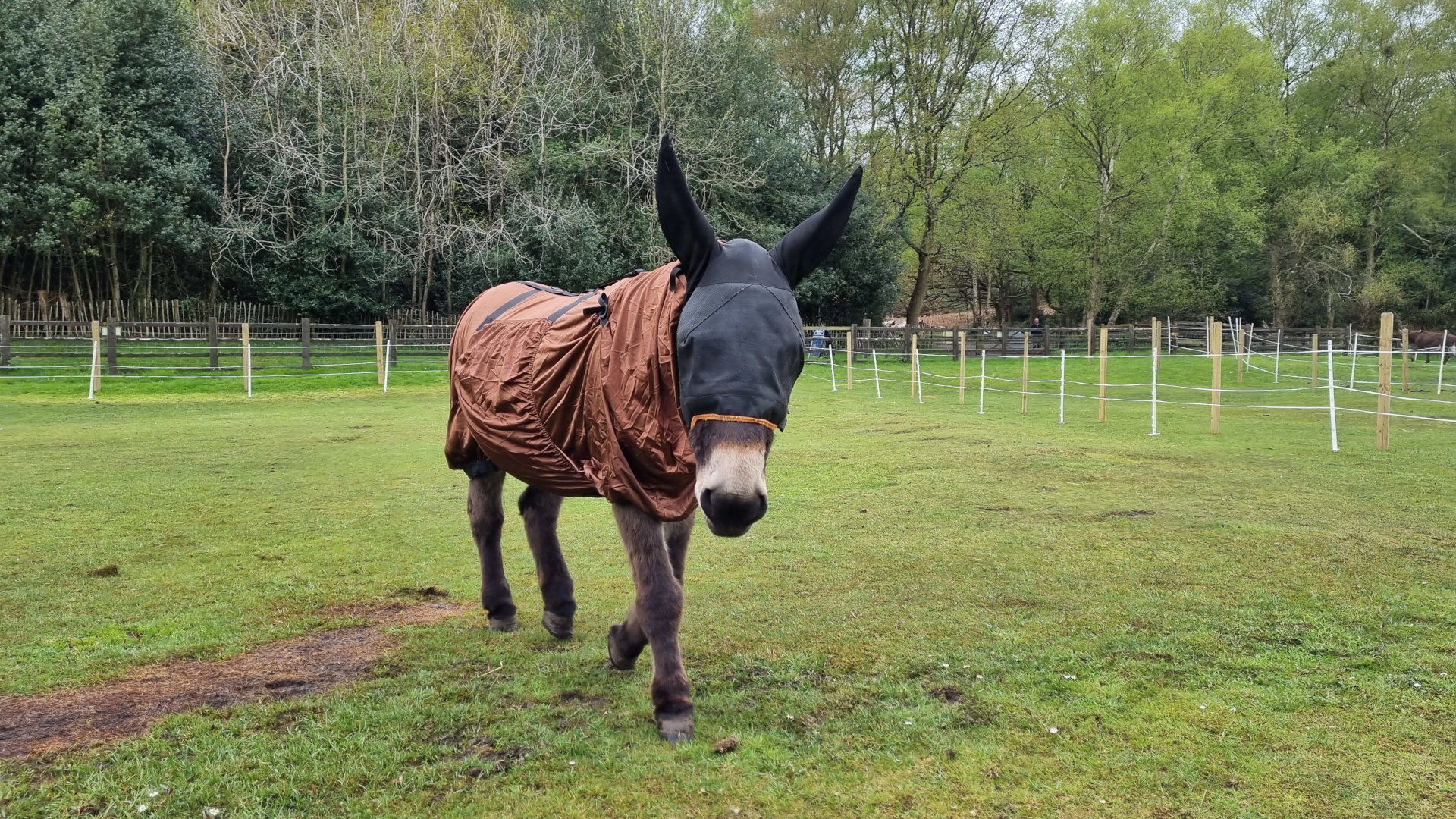
Lice
There are two types of lice we commonly see on donkeys: chewing lice, which eat the scurf and dead skin, and sucking lice, which feed on blood. Lice will more commonly be seen in the winter months and will often affect more vulnerable donkeys, such as older or unwell animals. Signs of infestation are itching, hair loss and depression. At the sanctuary we use Equine Nit-Nat as our treatment of choice, but please speak to one of our Donkey Welfare Advisers and your vet for treatment options.
Rain scald and mud fever
These are conditions of the skin seen over periods of wet weather, usually in the winter. Rain scald is seen over the back and rump, and mud fever affects the lower limbs. They both cause hair loss and sometimes pus-filled lesions. The disease is caused by the bacteria dermatophilus. You should consult a vet to develop a treatment plan, but measures will likely include good hygiene, dry shelter, clean hardstanding areas, clean rugs and antiseptic washes. In some cases antibiotics may be required.
Ringworm
This is a fungal skin condition that appears as a circular flat hairless lesion. Ringworm is transmissible between animals and people, so you should exercise caution if there is suspicion of a case and you should inform your vet. Ringworm can take a long time to resolve. Treatment options are available, which should be discussed with a vet. In the case of an outbreak, it is very important to be diligent about biosecurity. Wear gloves when touching the affected donkey and be careful not to transmit to others.
Sweet itch
This is a hypersensitivity (allergic reaction) to culicoides midges. These midges are most active in the early morning and late evening. Affected donkeys will excessively rub themselves, particularly over their mane and tail. If poorly controlled, donkeys can rub to the point of self-trauma, which in turn attracts flies. A donkey demonstrating this behaviour should be seen by a vet. It can be managed by using a fly rug, changing their turn-out routine, avoiding areas with a high midge burden and in some cases using medical treatment.
Sarcoids
These are common skin tumours we see in donkeys and other equines. These lesions can appear suddenly, are believed to be transmissible between donkeys and once a donkey has one they are likely to get more. The appearance of sarcoids can vary from flat to nodular. Veterinary advice is needed to diagnose and treat; treatment is decided based on the location and type of sarcoid. Prompt treatment is required to prevent it spreading between donkeys, and to stop the disease progressing. We recommend checking your donkeys for sarcoids regularly.
Sunburn / photosensitisation
Donkeys with pink or pale coloured skin may suffer with sunburn in the warmer months. It can be prevented by using full-face fly masks and sun cream where tolerated. Donkeys with underlying health conditions may be more sensitive to the sun, so donkeys with sunburn may require further investigation such as a blood test.
